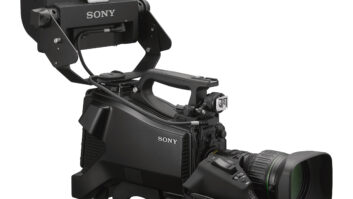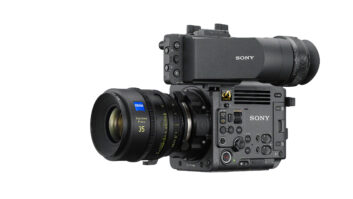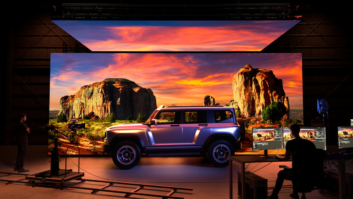
There is a school of thought that only audiences in the first few rows of a cinema, or perhaps those in a sweet spot just a few rows in, can really appreciate the benefits of 4K.
Not so according to Sony. “It’s all about what the human eye can perceive,” said Sony’s head of European Digital Cinema Sales, Oliver Pasch (pictured).
“There’s a common misconception that 4K only makes sense on a big screen,” he added. “It all depends on the shape of the theatre and viewing angle. All that matters is how near or far you are to the screen. In most smaller or mid-sized auditoria the viewing angle is wider than for big screens and you can see the difference between 4K and 2K.”
Also important in discerning the 2K/4K difference is contrast ratio. “The lower the contrast of the projected image the more your eye will struggle to see the difference,” said Pasch.
“A projector that barely meets the DCI spec of 1:2000 contrast ratio could, under some circumstance such as with the addition of stray light from inside the auditoria undefined, destroy that perception.”
Sony’s 4K digital cinema projector achieves an average 8000:1 contrast ratio, four times that specified by the DCI, he pointed out.
“For a standard commercial cinema, 4K is already the maximum of what the human eye can see in terms of spatial resolution. It makes no sense to be at 8K unless you are screening in giant spaces like IMAX where the viewing angles are more extreme.”
Pasch believed that the Digital Cinema Initiative will adopt a range of high frame rate standards into the Digital Cinema Package spec.
“I think the industry should switch from terming this development high frame rates to variable frame rates,” he said. “If you have a wide angle shot and it pans thorough the lens gate at 24p at 4K, then depending on how quickly the cinematographer does that you cannot see the 4K resolution because motion jitter in a 4K 24p DCP is too big.”
By Adrian Pennington






